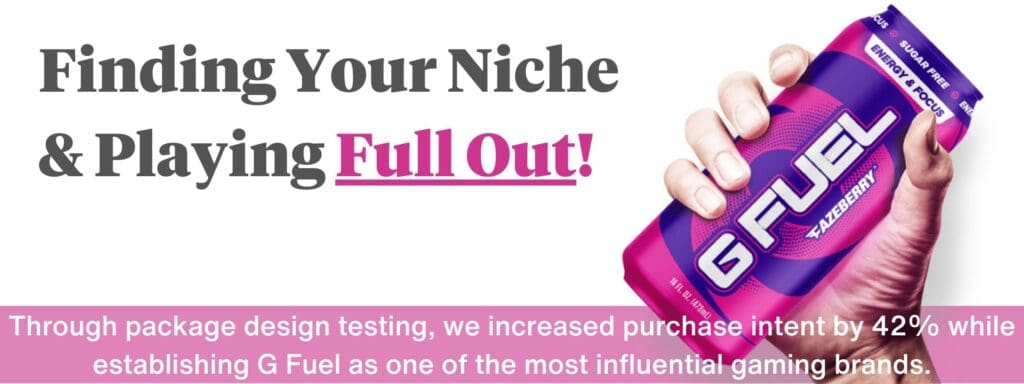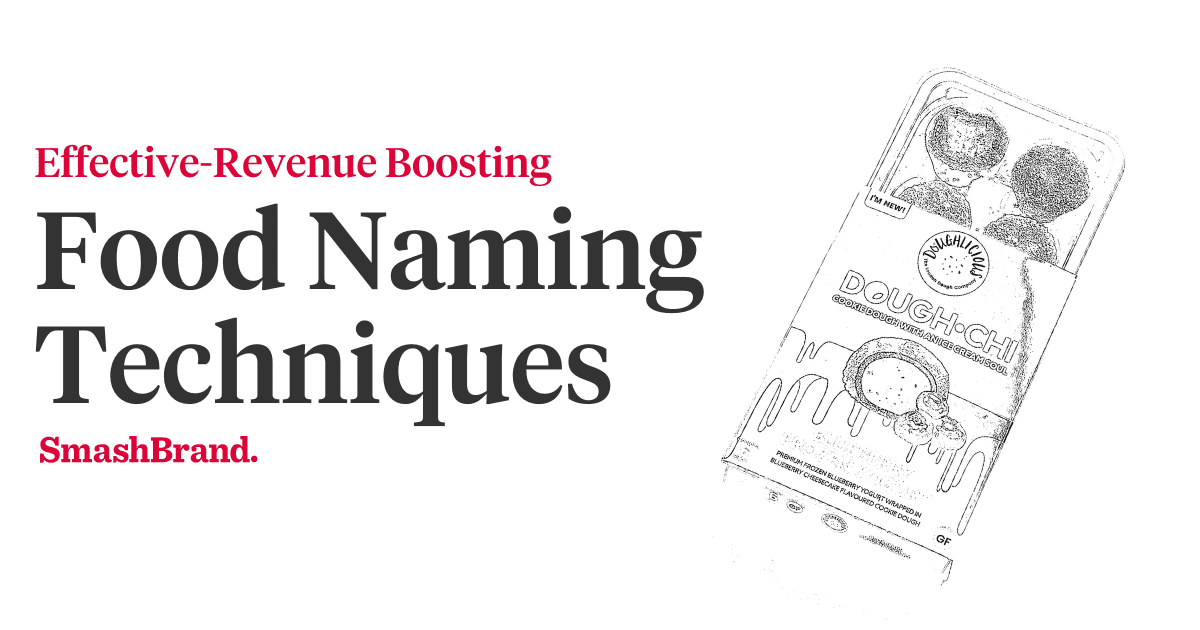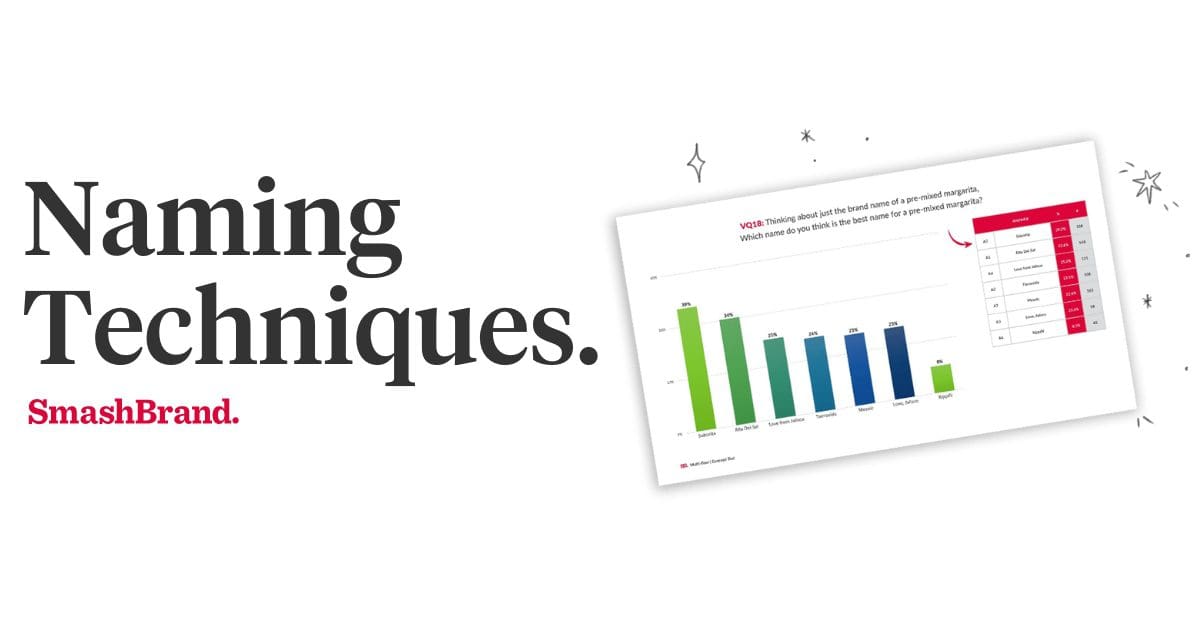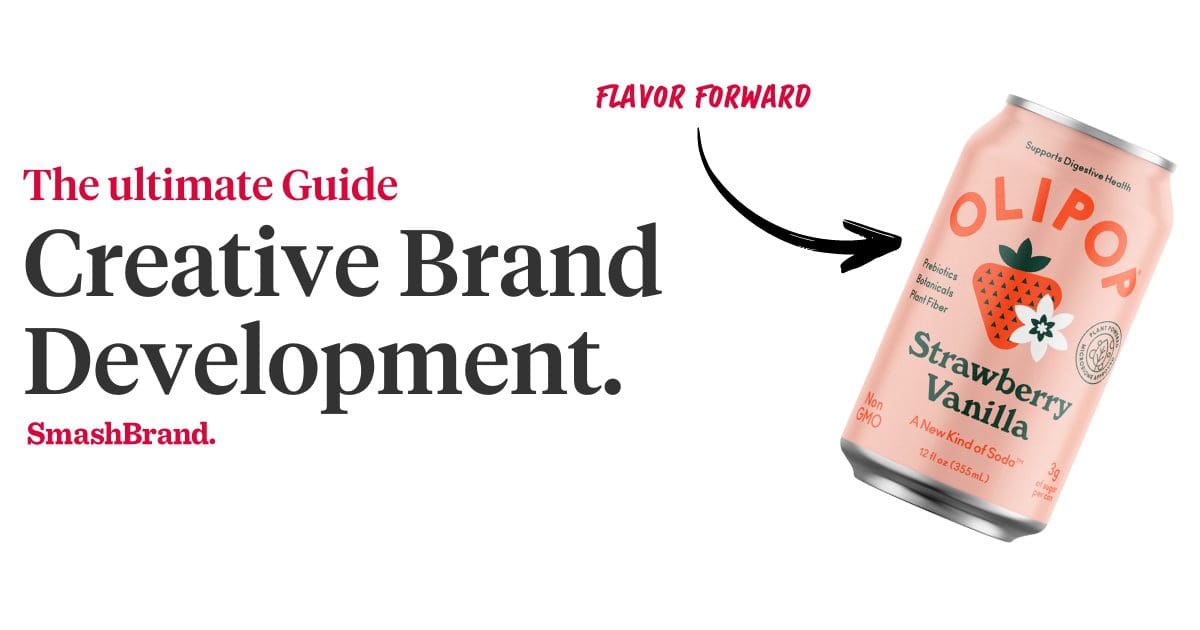Listen to This Article

In a nation that is no longer peopled with “citizens” but “consumers,” product branding has become our cultural and social touchstone. We are not united by common neighborhoods, countries, or deep values but by our fondness for Macs over PCs. Even with a better product, companies that forgo the basics of branding lose out to brands that check all the boxes.
Depressing? Of course, it is! But there is money to be made. Or rather, we lose money by failing to adhere to basic branding principles. So, the answer is simple. Make the best product and comply with the branding basics that help you hit a bullseye with your target market.
Now, let’s begin to identify how to build a strong brand presence supporting your product innovations. Let’s learn branding basics and how to apply them to your business!
Get your Hands on the SmashReport!
And enter to win a FREE brand diagnosis worth $20,000.
*The SmashReport is a monthly newsletter for FMCG and CPG brands, helping them stand out in the competitive retail marketplace.
The Truth About Branding
Editors and agencies create many fallacies about branding. Whether it’s about disruptions or one-of-a-kind approaches, brands must be careful of these “shiny objects” and remain focused on the branding basics that work well. To prevent your brand from being swayed by the noise, here are two truths to remember before pushing forward.
Branding Isn’t New
Not only is the concept of branding within a CPG marketing context as old as marketing itself, branding — the act of creating a feeling, philosophy, character, and personality augmenting an offered service, causing the public to unite in favor of this service.
Branding has been used around for thousands of years.
- When pharaohs declared they were the progeny of powerful gods and surrounded themselves with glittering jewels and palaces, they created a brand.
- When Henry VIII filled his court with artists and philosophers, wrote music, outperformed everyone in athletics, and commissioned portraits of himself with massive shoulders and sexy calves, he created a brand.
- When Elizabeth I called herself the “Virgin Queen” and announced that she would only ever be married to England, she was creating a brand.
We suspiciously look at branding because large and small businesses have appropriated increasing revenue by politicians to endear themselves to a naïve public and by dictators to slaughter innocent civilians. The idea of the “brand” feels inherently deceptive because it is so deliberate–you’re creating an image to get people to trust you, for heaven’s sake!
But it doesn’t have to be phony. We’ve become so darned brand-savvy that we can sniff out a contrived and insincere brand image quicker than a “Real Housewife” can get Botox injections.
Branding Is Everywhere
Thanks to social media, everyone with a TikTok account is a personal brand, giving them hyper-awareness of the image project image. A product or service should have as much brand awareness as the average 11-year-old with a Selena Gomez fan page.
How can we tell if a brand image is fake and/or inconsistent, and/or morally questionable? Oh, by the hundreds of ways, a company can reveal its hidden agenda or utter cluelessness.
- Toyota used Twitter to spam messages about a Camry giveaway during the 2012 Super Bowl.
- Kenneth Cole issuing a tweet that appeared to make light of the Cairo uprising are two examples of total brand idiocy.
Because of everyone’s heightened awareness of branding, a business must be specific and consistent about its brand and the customers they hope to earn. A product can’t simply exist; it has to serve a particular population segment. Branding clarifies the product’s intention and how it is supposed to make you feel when you use it and why that is a good thing.
Branding VS. Direct Response
Within marketing, there are two common approaches. The first is traditional branding, where you aim to leave a lasting impression in the consumer’s mind. The second is direct response. This form of marketing concentrates on getting consumers to take immediate action, where we collect information to retarget them at a future date.
The duality between short attention spans and consumer/brand relationship means you need both types of marketing in your brand strategy. While some may consider these two marketing approaches different, you can make the best of both worlds when brand messaging aligns with a call to action.
Branding Begins With Brand Positioning
The most successful branding campaigns begin by positioning the brand. Brand positioning (or brand repositioning) sets the framework and guidelines for what direction you choose to go with your branding campaign. Understanding when and where to take your brand depends on your brand’s tone of voice, values, and identity.
Identifying Your Brand Personality
Whom do you want to be in the eyes of the consumer? Look through their perspective to understand the brand experience for them, not your own. Too many brands let subjectivity interfere with their company theme and brand design.
Brand Values
For branding congruency, your brand value proposition must match your company’s values. This might seem obvious, but in this socially aware culture, even a hairline crack in your brand value foundation can have a catastrophic impact on your long-term success.
Three Steps To Creating Your Branding Strategy
You can now develop a branding strategy with the foundation set for your company’s brand. Putting the most important elements of your brand out for the world to see. Here are three steps every brand must take (and repeat) to increase a customer’s brand recall of your product.
1. Understand Your Current Brand Equity.
Existing brands must understand their current brand equity and determine the good, bad, and ugly about their product or company. Most will go to great lengths to identify what makes a customer buy, but only some will take a hard look at their negative brand equity. Take a 360-degree look at your brand to determine what to emphasize, where to apologize, and improve your brand image.
2. Become Clear About Your Future Brand Identity.
Forecasting your company’s brand image is an excellent way to keep your branding campaign on track. Historically, the plague of most brands is trying to follow all trends, pulling them away from whom they set out to be. Maintaining on-mission branding ensures you prevent from spreading your image thin.
3. Ensure Your Team Creates Brand Congruence.
Team alignment isn’t just for your HR department; it’s also a requirement across your marketing team—the ones who put messages about your brand into the universe.
- Your website must align with your print ads
- Your print ads must align with your shelf talkers
- Your shelf talkers must align with your email marketing.
You get the point.
Branding Tips For Omnichannel Success
With shopping occurring at many locations, CPG brands must take an omnichannel approach. But with an omnichannel strategy comes the risk of weak branding caused by disconnected messaging. When taking an omnichannel approach, remember these two points.
Speak to a Few, Reach Everyone
Business owners tend to be skittish about branding that appeals to a particular population segment for fear of discouraging people outside of that segment from buying their product. Never fear. Not everyone has the same interests, career, outlook, and income, but they can still derive the same pleasure from the same brand of folksy, extra-bold barbecue sauce. A narrow and targeted brand identity is an attractive brand identity. Moreover, it is far more likely to be an honest brand identity. A vague, wide-reaching brand message is ignorable in this busy, fast-paced world where attention is hard to grab.
Facebook is probably the greatest example of target audience branding; it was a social networking site exclusively for Harvard students.
You can’t get much more exclusionary than that. People who couldn’t name an Ivy League university if they had the entire Princeton student body sitting on their laps were soon desperate to join the Facebook community. Voila! The biggest and most unavoidable social network is born!
It seems the reverse would be accurate, but others notice when your brand voice addresses the potential customer standing at the center of your target market. What starts as an energy drink for gamers builds so much brand recognition that every consumer takes notice.

Be “Seen” as Honest To Build Brand Loyalty
Are you still convinced that branding is all a bunch of foolishness? Don’t worry if you’re suffering from an existential crisis because you don’t want to corrupt your product/service by creating a slick, highly dubious company persona that proves effective, then don’t worry. Just create an authentic and specific statement of what your product/service accomplishes and who will likely appreciate it most. Nothing evil in that, right?
Wrong. While honesty can potentially build customer loyalty, the only way to build brand equity with transparency is by testing the message for impact. Not every good and honest message is optimized to earn loyal customers.
Branding & Packaging Design Agency
The key to a successful brand is taking every necessary step to ensure that your brand communicates a message that most resonates with consumers. Successful brands understand that consumer testing is a requirement of the branding process.
From strategy to print, SmashBrand is a brand strategy agency that helps big-name brands and category disruptors in the CPG and FMCG industry create the most impactful brand design for retail performance. Through our proprietary branding and packaging design methodology, we guarantee the outcome of our work, giving your company and retailer partners greater confidence in your brand’s performance.
Book a time to discuss your project with our team.





